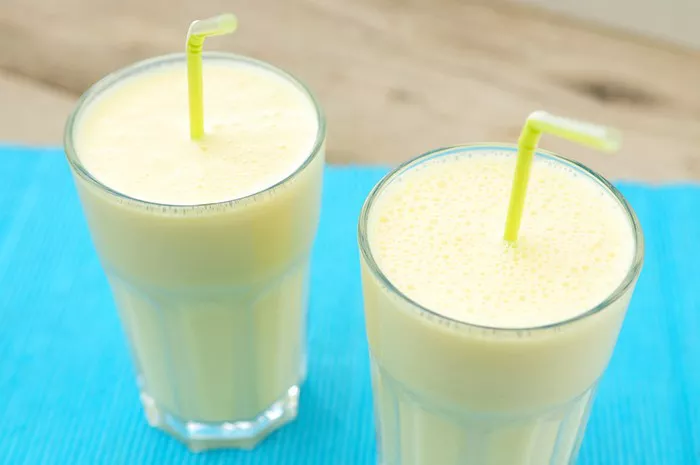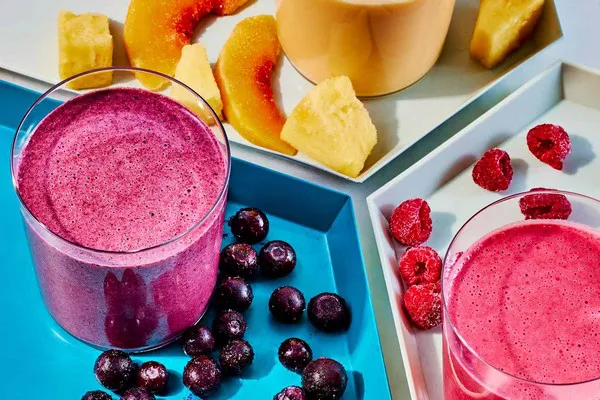When it comes to baking the perfect batch of brownies, the choice of baking pan is just as crucial as the ingredients you use. The right pan can make a significant difference in the texture, evenness, and overall appearance of your brownies. A well-chosen pan ensures that your brownies bake evenly, with the perfect balance of a fudgy center and a slightly crisp edge. The most common and popular pan for brownies is the 9×13 inch baking pan, known for its versatility and ability to handle a variety of brownie recipes.
SEE ALSO: What Can I Use for Brownies Instead of Eggs?
Baking Pans
Standard 9×13 Inch Pan
The 9×13 inch pan is the go-to option for most brownie recipes. This pan size is ideal for producing brownies with a good balance of thickness and surface area, ensuring even baking throughout. The size allows for a standard recipe to yield about 24 servings, making it perfect for gatherings or events. Additionally, the 9×13 inch pan is versatile, accommodating not just brownies but also cakes, bars, and even savory dishes like lasagna.
Square Pan
For those looking for a different aspect ratio, square pans like 8×8 or 9×9 inches are excellent alternatives. These pans create thicker brownies with a smaller surface area, resulting in a denser texture that some bakers prefer. An 8×8 inch pan will yield about 16 smaller, yet thicker, brownies, while a 9×9 inch pan offers slightly larger squares. The square shape also makes for easy cutting and serving.
Round Cake Pan
Using a round cake pan for brownies adds a unique twist to the classic square or rectangular shape. However, this shape can lead to uneven baking, particularly in the center, where the batter may take longer to cook. If opting for a round pan, it’s crucial to monitor the brownies closely and possibly adjust the baking time to ensure the edges don’t overcook while waiting for the center to set.
Muffin Tin
For bite-sized brownie treats, consider using a muffin tin. This method produces individual brownie bites with a delightful balance of chewy edges and soft centers. Muffin tins are especially popular for creating perfectly portioned servings, making them a hit at parties or as a grab-and-go dessert. However, since these brownies bake faster due to their smaller size, keep an eye on the oven to avoid overbaking.
Silicone Molds
Silicone molds offer a flexible and non-stick option for baking brownies in various shapes and sizes. These molds are perfect for creative bakers who want to experiment with different designs, such as hearts or stars. Silicone molds are also incredibly easy to clean and often come in fun shapes that are great for themed events. However, it’s essential to check the temperature limits of your silicone molds to ensure they are safe to use in the oven.
Right Size and Material
Size Considerations
The size of the pan you choose affects not only the baking time but also the thickness of your brownies. A larger pan, like the 9×13 inch, spreads the batter thinner, resulting in quicker baking times and thinner brownies. Conversely, a smaller pan, such as an 8×8 inch, creates thicker brownies that require a longer baking time. Adjusting your recipe to match the pan size is crucial to achieve the desired texture.
Material Options
The material of your baking pan plays a significant role in how your brownies turn out. Here’s a breakdown of common materials:
Metal: Metal pans, especially aluminum, are excellent conductors of heat, ensuring even baking. However, brownies can sometimes stick to the metal surface, so greasing or lining the pan is recommended.
Glass: Glass pans offer even heat distribution, which can lead to a more uniform bake. However, glass takes longer to heat up, which might require you to adjust your baking time. Brownies baked in glass pans also tend to have a softer, less crisp edge.
Silicone: Silicone molds are non-stick and flexible, making them a popular choice for creative baking. However, they don’t conduct heat as well as metal or glass, which can lead to longer baking times. Always check that your silicone mold is oven-safe to avoid any mishaps.
The Pan for Baking
Grease and Flour
One of the simplest ways to prepare your pan is by greasing it with butter or cooking spray and dusting it lightly with flour. This method helps prevent sticking, especially with metal pans, and creates a light crust on the bottom of the brownies.
Parchment Paper or Aluminum Foil
Lining your pan with parchment paper or aluminum foil offers an added layer of protection against sticking. This method also makes it easier to lift the brownies out of the pan after baking, ensuring clean cuts and minimal mess. When using metal pans, parchment paper or foil can also prevent the batter from reacting with the metal, which can sometimes alter the taste of the brownies.
Non-Stick Spray
Using non-stick cooking spray is a quick and convenient way to prepare your pan. However, be cautious with certain sprays, as they can sometimes affect the browning of the brownies, particularly at the edges. A light, even coat is usually sufficient to prevent sticking.
Cooking Methods
Dutch Oven
Baking brownies in a Dutch oven is an excellent option for outdoor cooking or if you want to try something different. The heavy, cast-iron construction provides even heat distribution, but it requires careful monitoring to avoid burning the brownies. Adjusting the temperature and keeping a close eye on the cooking process is key to success.
Slow Cooker
For a unique texture and flavor, try baking brownies in a slow cooker. This method results in a dense, fudgy consistency with a slightly gooey center. Slow cooker brownies require a longer cooking time, and you might need to adjust the recipe to account for the different cooking environment. The result, however, is a rich and indulgent treat that’s worth the wait.
Conclusion
In conclusion, the choice of pan for baking brownies is a crucial factor that affects the texture, evenness, and overall success of your recipe. From the versatile 9×13 inch pan to the creative silicone molds, each option offers unique benefits. Consider the size and material of the pan carefully, as these elements influence baking time and the final result. Preparing your pan properly—whether through greasing, lining with parchment paper, or using non-stick spray—ensures that your brownies come out perfectly every time.
Experimenting with different pans and methods can lead to delightful discoveries, so don’t hesitate to try something new. Share your favorite brownie recipes and pan choices in the comments, and let’s continue the conversation on baking the perfect brownies!
Related Topics:


























